Two ancient cities have been discovered along the Silk Road
The unearthing changed what was known about the trade route

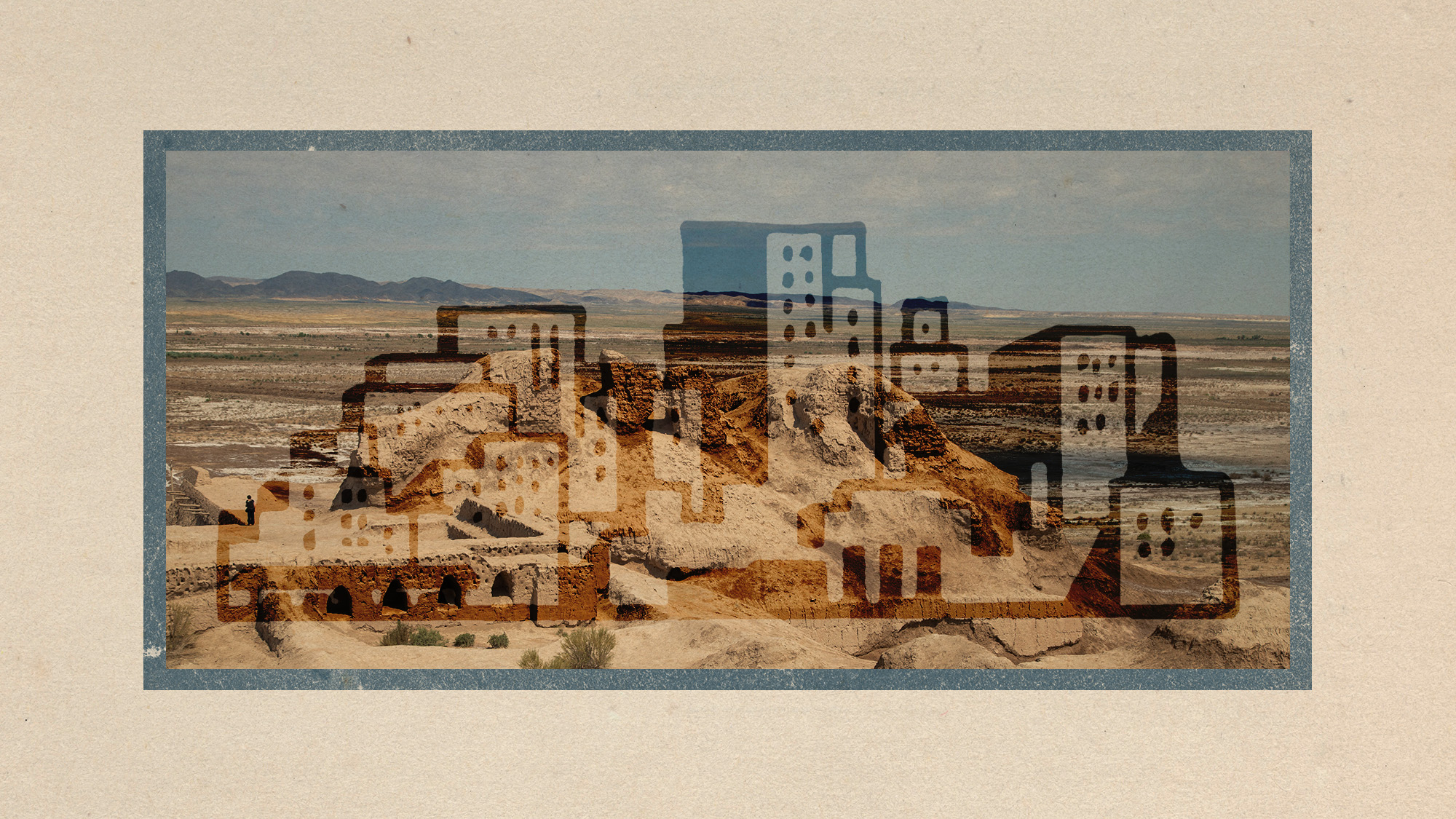
Scientists have gained new insight into the Silk Road through the discovery of two abandoned cities. Located in southeastern Uzbekistan, the cities were likely large urban centers that now point to much more established societies than were thought existed. The findings raise new questions about the urban development of Asia across the Silk Road and how the route might have driven innovation.
Hiding in plain sight
Two cities have been found in Central Asia along what was formerly the Silk Road, according to a study published in the journal Nature. The cities, Tashbulak and Tugunbulak, "feature multiple permanent structures and sophisticated urban designs, seemingly crafted to make the most of the mountainous terrain," said National Geographic. The developments were found using drone-borne light detection and ranging (lidar) equipment, which "creates topographical images by measuring how long it takes a laser beam to travel between the camera and a surface," said The New York Times, and is capable of finding structures hidden under vegetation.
"The high-resolution lidar images offer detailed views of the houses, plazas, fortifications and roads that shaped the lives and economies of these highland communities," said National Geographic. "The larger of the two [cities], Tugunbulak, boasts five watchtowers linked by walls along the ridgelines, as well as a central fortress protected by thick stone and mud-brick walls." The cities were between 6,600 to 7,300 feet above sea level, close to the height of Peru's Machu Picchu. "This is the land of nomads, the land of pastoralists. It's a periphery as far as most people are concerned," Michael Frachetti, a professor of archaeology at the Spatial Analysis, Interpretation and Exploration laboratory at Washington University in St. Louis and lead author of the study, said in a statement.
The Week
Escape your echo chamber. Get the facts behind the news, plus analysis from multiple perspectives.

Sign up for The Week's Free Newsletters
From our morning news briefing to a weekly Good News Newsletter, get the best of The Week delivered directly to your inbox.
From our morning news briefing to a weekly Good News Newsletter, get the best of The Week delivered directly to your inbox.
"These would have been important urban hubs in central Asia, especially as you moved out of lowland oases and into more challenging high-altitude settings," Frachetti said. The cities were inexplicably abandoned. "Those stories will become clearer once we delve deeper into the archaeology," Frachetti said to CNN, adding that there was no evidence that the settlements were razed, burned or attacked.
A road less traveled
The Silk Road was a network of ancient trade routes between Europe and Asia that "facilitated the exchange of goods and ideas between people from China to Venice between the second century BC and the 15th century AD," said the Times. Several cities emerged along the route but "once trade between East and West moved onto boats, many of these cities declined and some were forgotten," said IFL Science. "Historians … may have underestimated the significance of these cities to the surrounding areas."
The newly found cities were surprising to researchers because of their high elevation, which features harsher weather conditions. Previously, the Silk Road was believed to only pass through lowlands. "These highland urban centers weren't just surviving, they were thriving — in ways that defy expectations of what medieval mountain societies were capable of," said National Geographic. The cities were much too big to simply be stopover or trading areas, leading experts to believe they were areas that capitalized on the abundant iron ore that existed in the region. "The entire region is sitting on a highly prized commodity of the time, which is iron, and it's also dense in juniper forest, which would have provided fuel (for smelting)," Frachetti said.
The findings change the view historians had of the Silk Road. Silk Road research previously "focused on the nomadic tribes and lowland empires that dominated the Uzbekistan region, often painting the highlands as marginal or peripheral to life in the valleys below," said National Geographic. "But the existence of extensive urban centers suggests that the mountains were home to their own distinct societies, with complex economies, political systems and cultures."
A free daily email with the biggest news stories of the day – and the best features from TheWeek.com
Devika Rao has worked as a staff writer at The Week since 2022, covering science, the environment, climate and business. She previously worked as a policy associate for a nonprofit organization advocating for environmental action from a business perspective.
-
 January’s books feature a revisioned classic, a homeschooler's memoir and a provocative thriller dramedy
January’s books feature a revisioned classic, a homeschooler's memoir and a provocative thriller dramedyThe Week Recommends This month’s new releases include ‘Call Me Ishmaelle’ by Xiaolu Guo, ‘Homeschooled: A Memoir’ by Stefan Merrill Block, ‘Anatomy of an Alibi’ by Ashley Elston and ‘Half His Age’ by Jennette McCurdy
-
 ‘Jumping genes': How polar bears are rewiring their DNA to survive the warming Arctic
‘Jumping genes': How polar bears are rewiring their DNA to survive the warming ArcticUnder the radar The species is adapting to warmer temperatures
-
 Venezuela’s Trump-shaped power vacuum
Venezuela’s Trump-shaped power vacuumIN THE SPOTLIGHT The American abduction of Venezuelan President Nicolás Maduro has thrust South America’s biggest oil-producing state into uncharted geopolitical waters
-
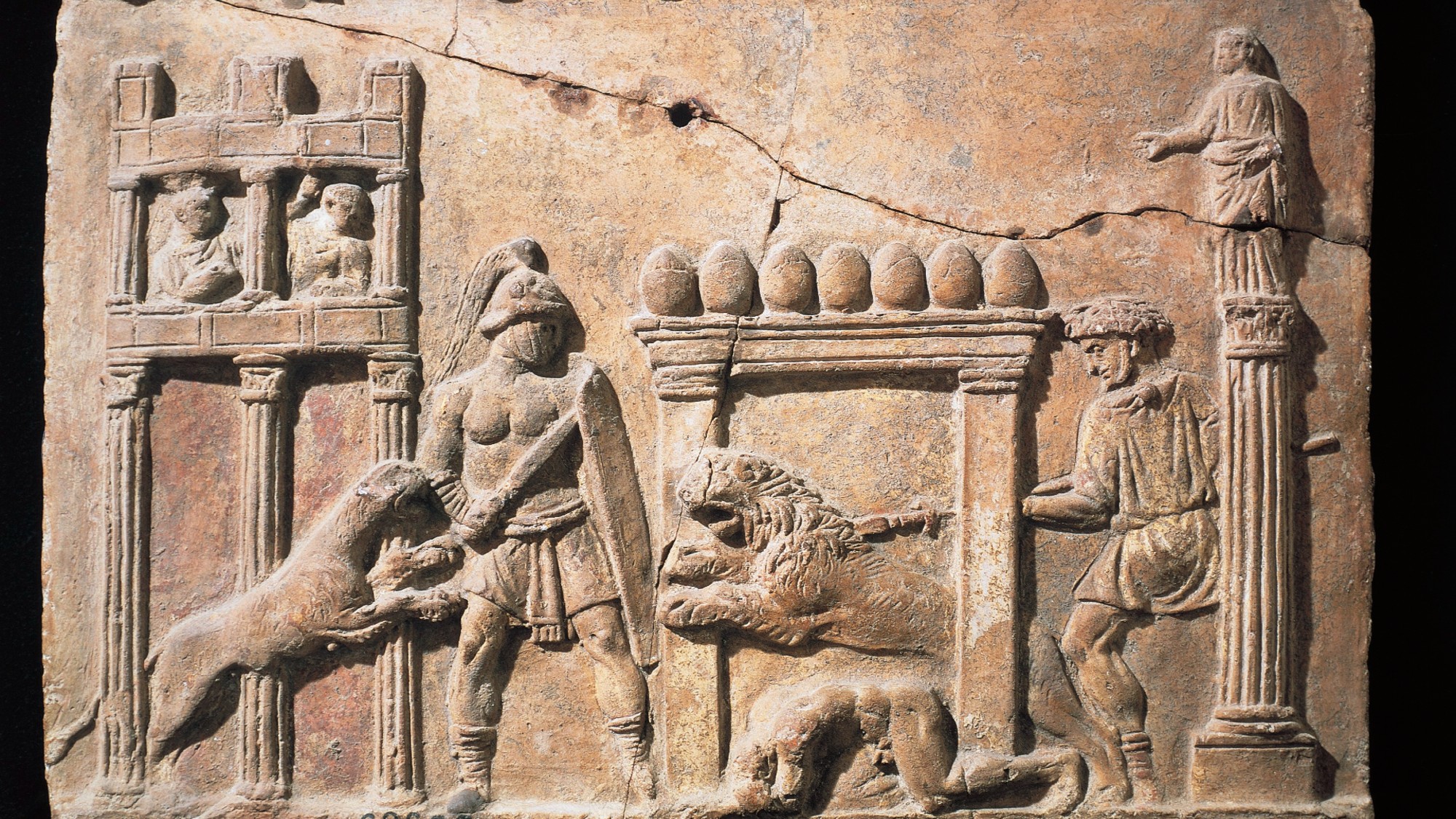 Scientists have found the first proof that ancient humans fought animals
Scientists have found the first proof that ancient humans fought animalsUnder the Radar A human skeleton definitively shows damage from a lion's bite
-
 When the U.S. invaded Canada
When the U.S. invaded CanadaFeature President Trump has talked of annexing our northern neighbor. We tried to do just that in the War of 1812.
-
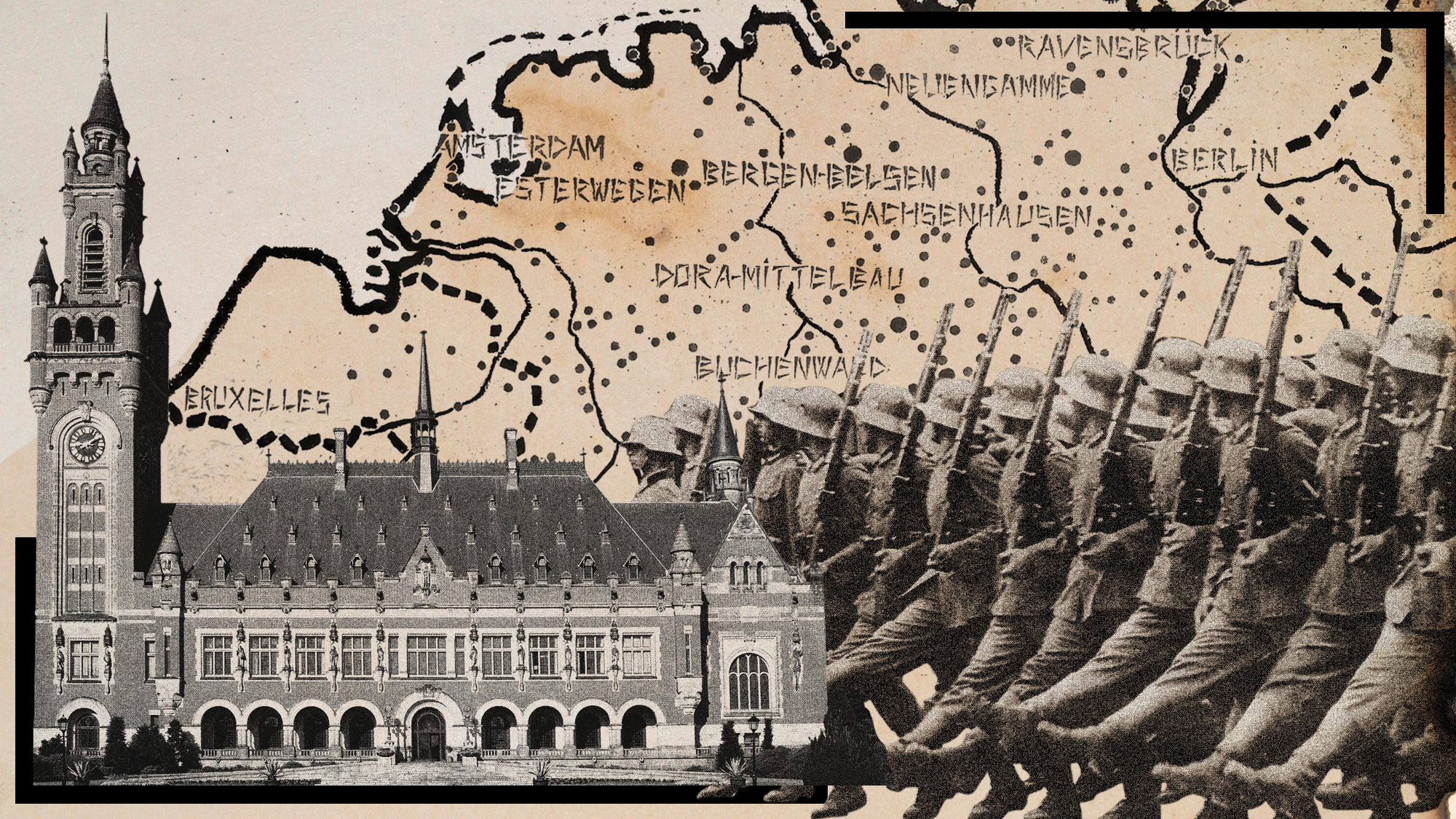 Newly publicized Dutch archives force families to confront accusations of Nazi collaboration
Newly publicized Dutch archives force families to confront accusations of Nazi collaborationUnder the Radar The archives were available to researchers but only recently became publicly accessible
-
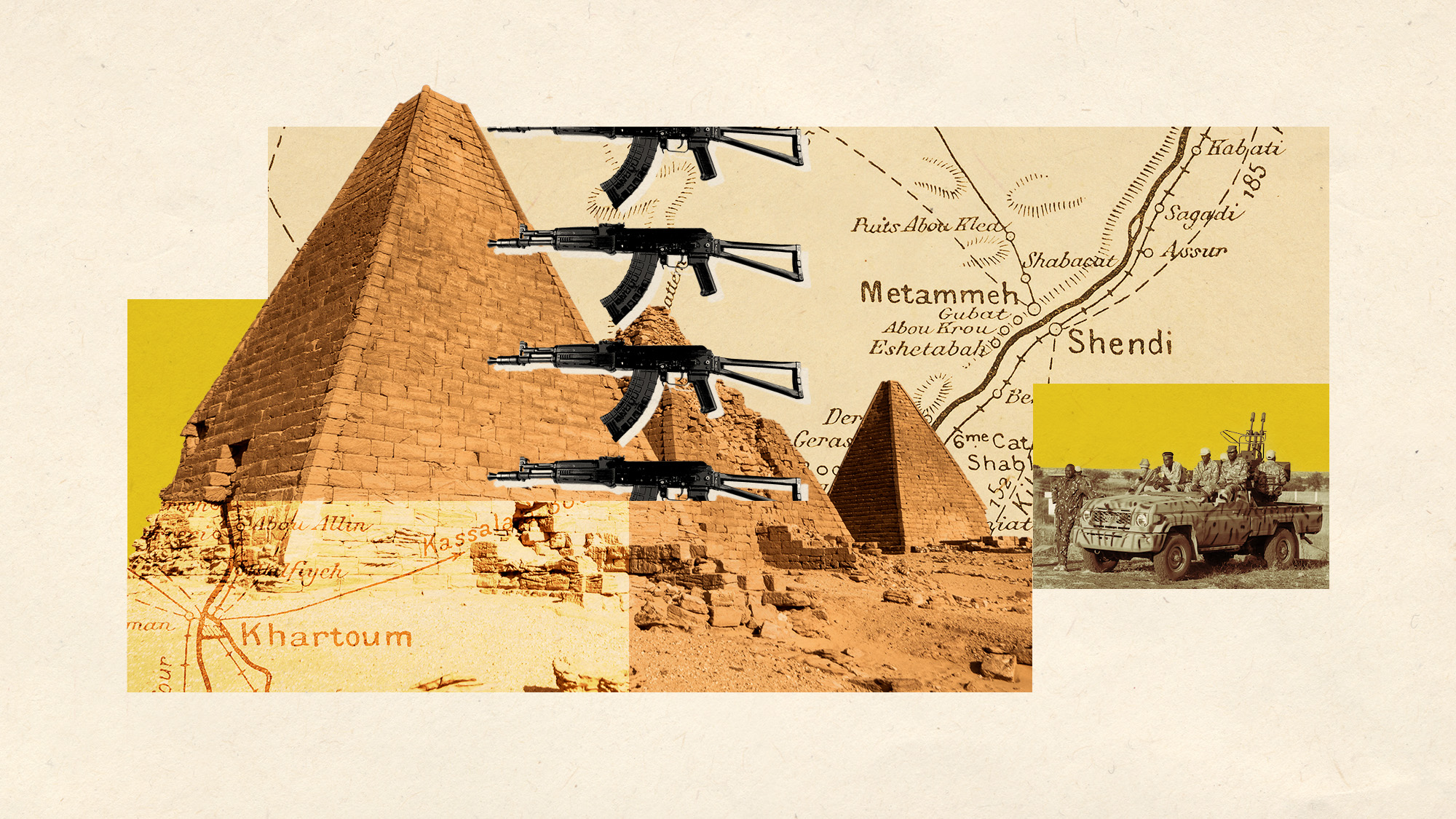 Sudan's forgotten pyramids
Sudan's forgotten pyramidsUnder the Radar Brutal civil war and widespread looting threatens African nation's ancient heritage
-
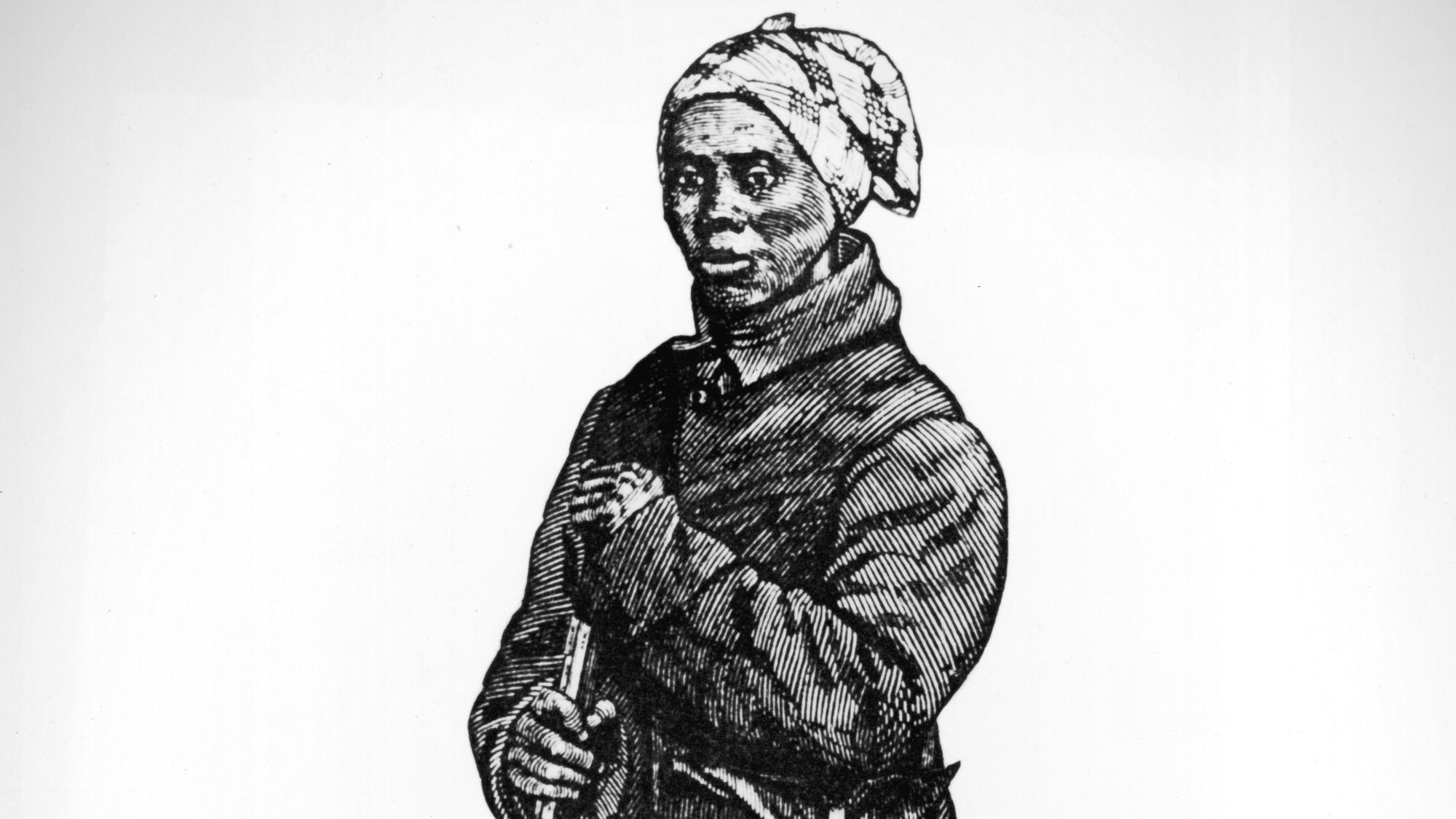 Harriet Tubman made a general 161 years after raid
Harriet Tubman made a general 161 years after raidSpeed Read She was the first woman to oversee an American military action during a time of war
-
 Stonehenge: a transformative discovery
Stonehenge: a transformative discoveryTalking Point Neolithic people travelled much further afield than previously thought to choose the famous landmark's central altar stone
-
 Haredim: Israel's ultra-Orthodox Jews now facing conscription
Haredim: Israel's ultra-Orthodox Jews now facing conscriptionThe Explainer Religious community pays few taxes, receives vast subsidies and has avoided military service, provoking ire of wider society
-
 Namibia grapples with legacy of genocide on Shark Island
Namibia grapples with legacy of genocide on Shark IslandUnder the radar A non-profit research agency believes it has located sites of unmarked graves of prisoners
